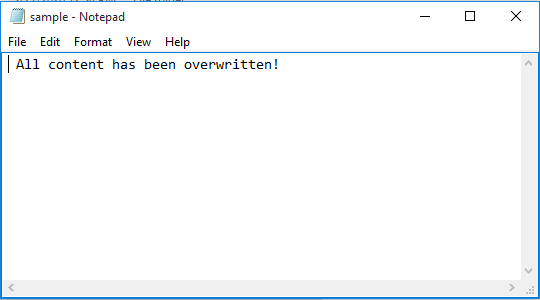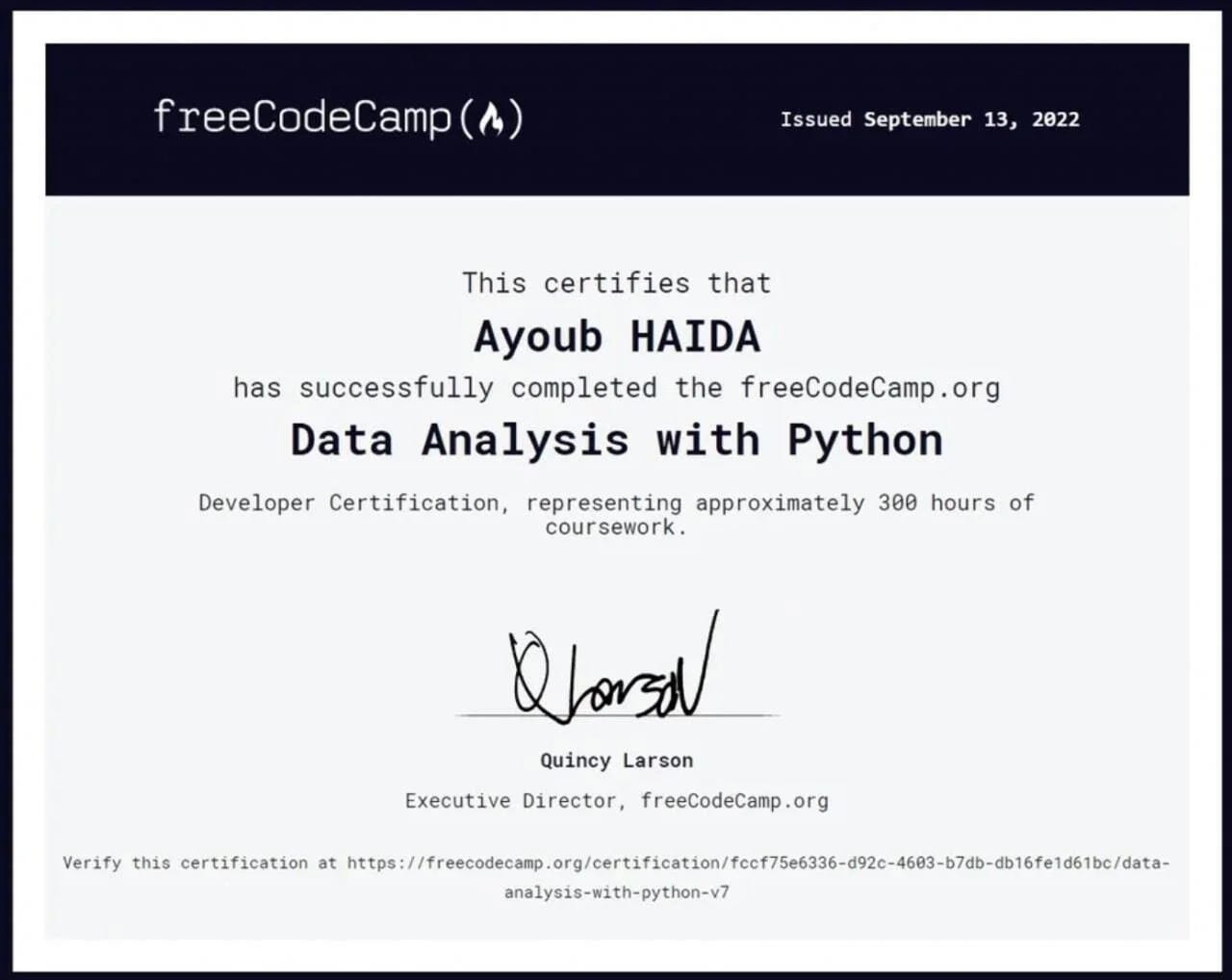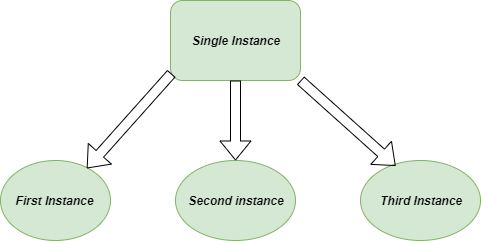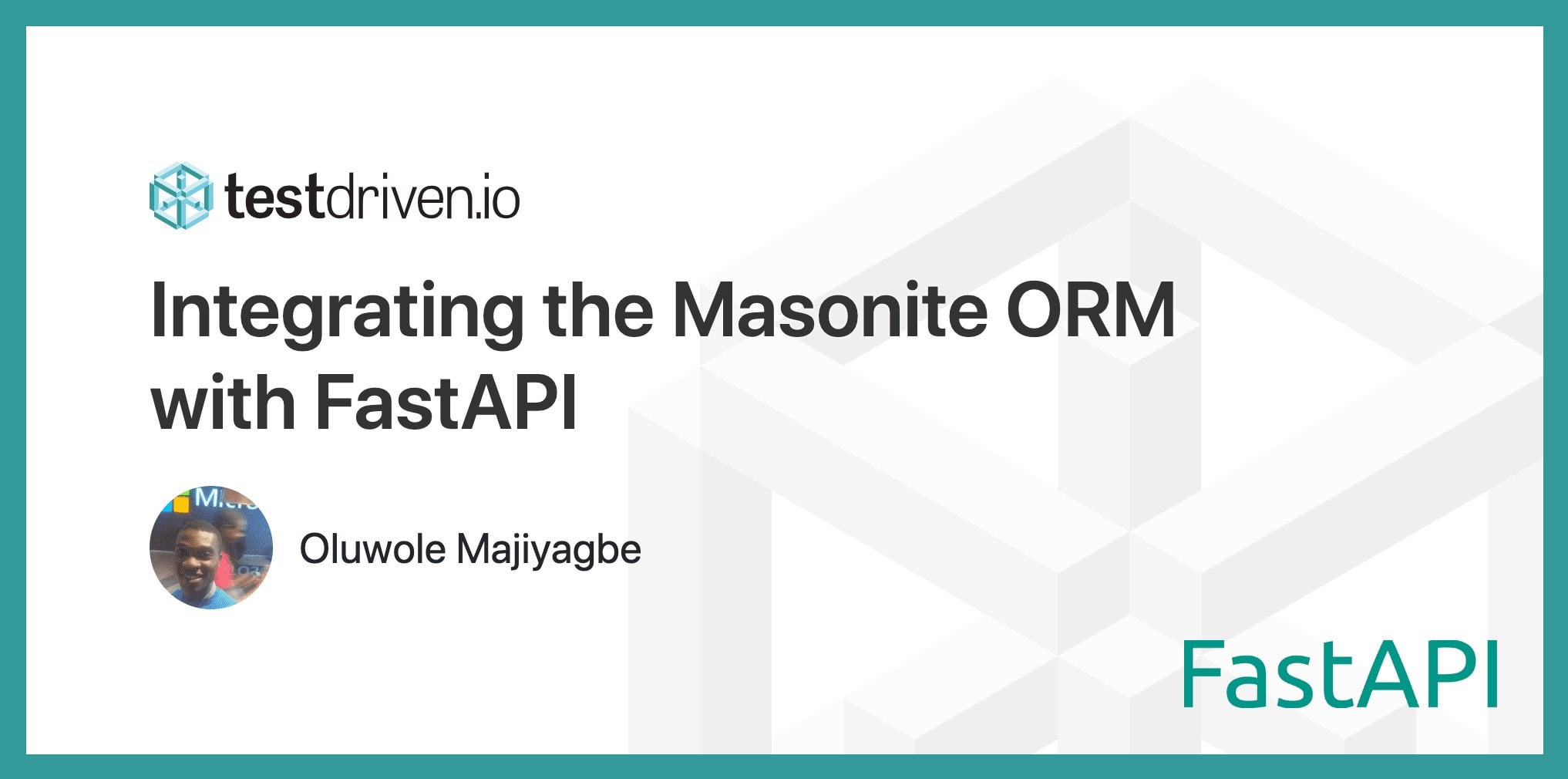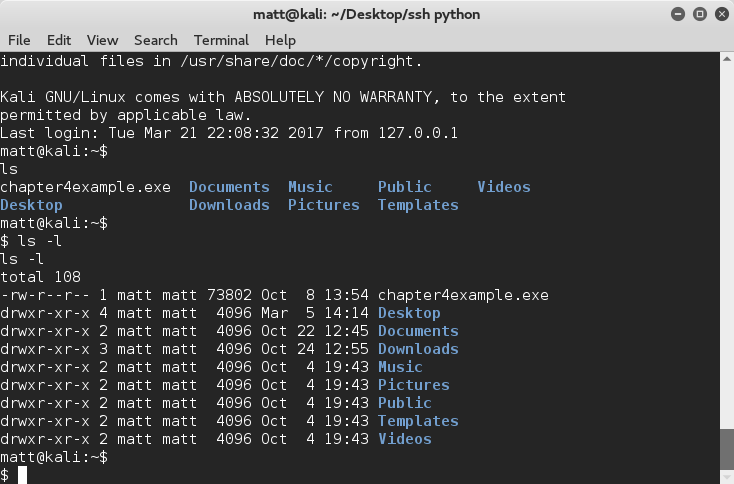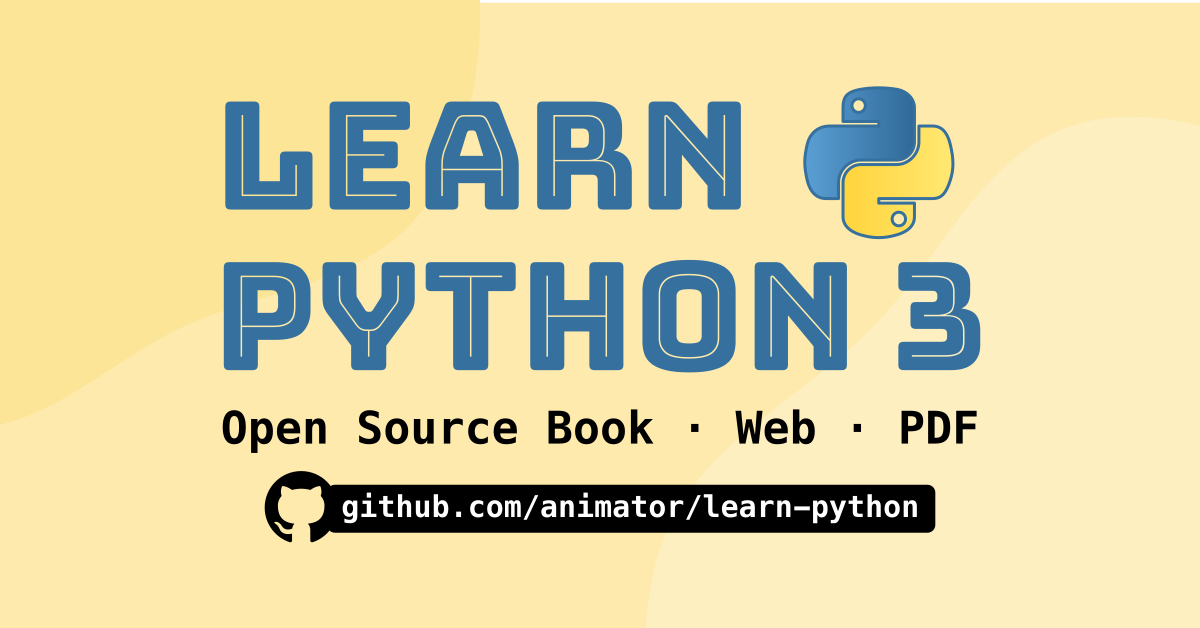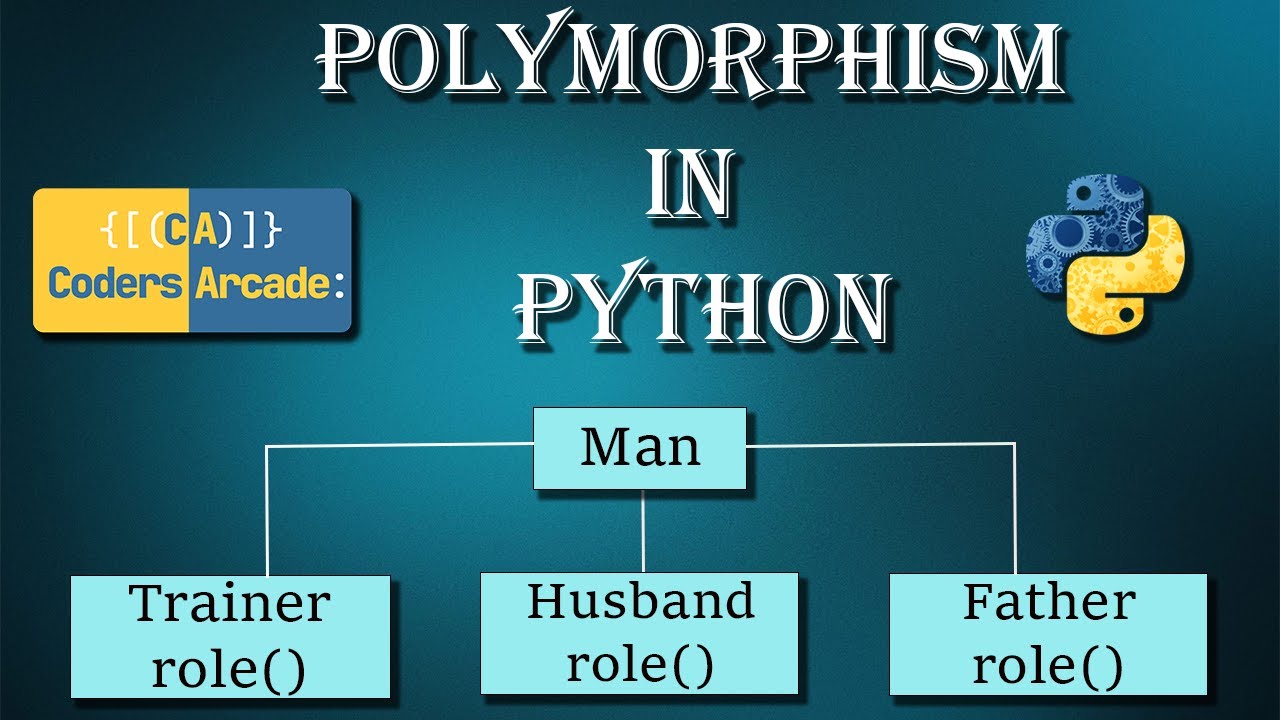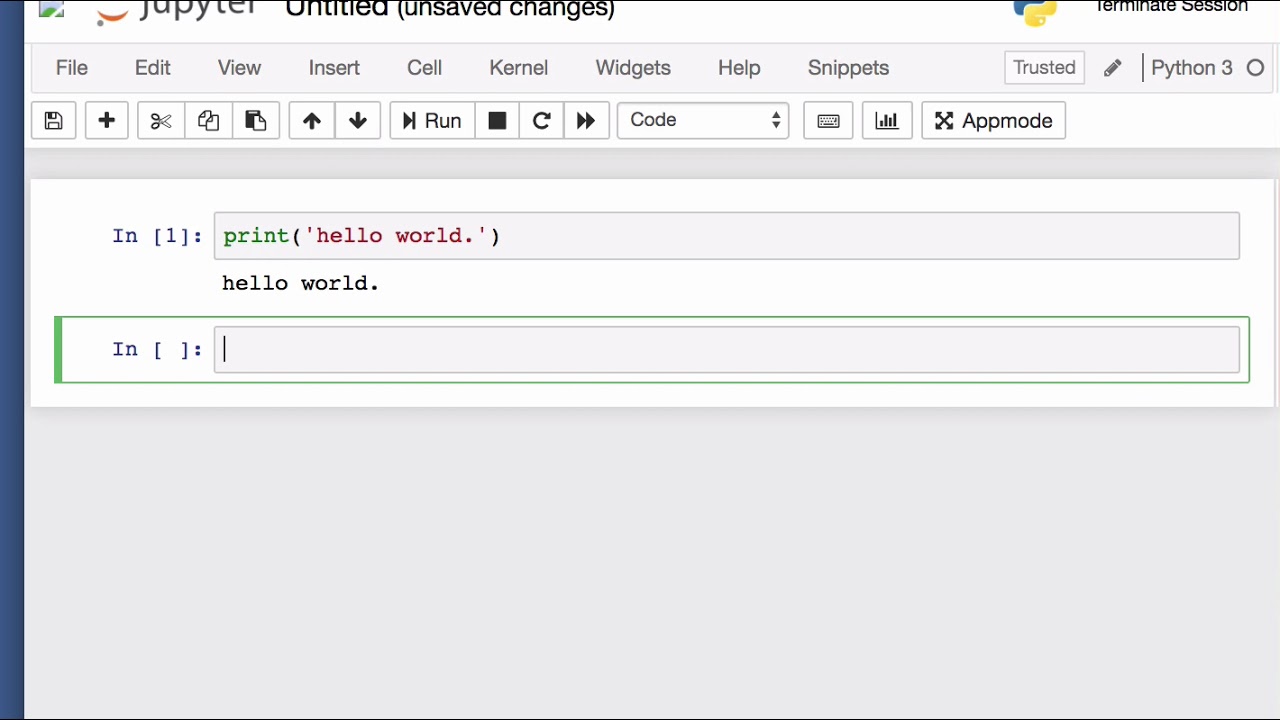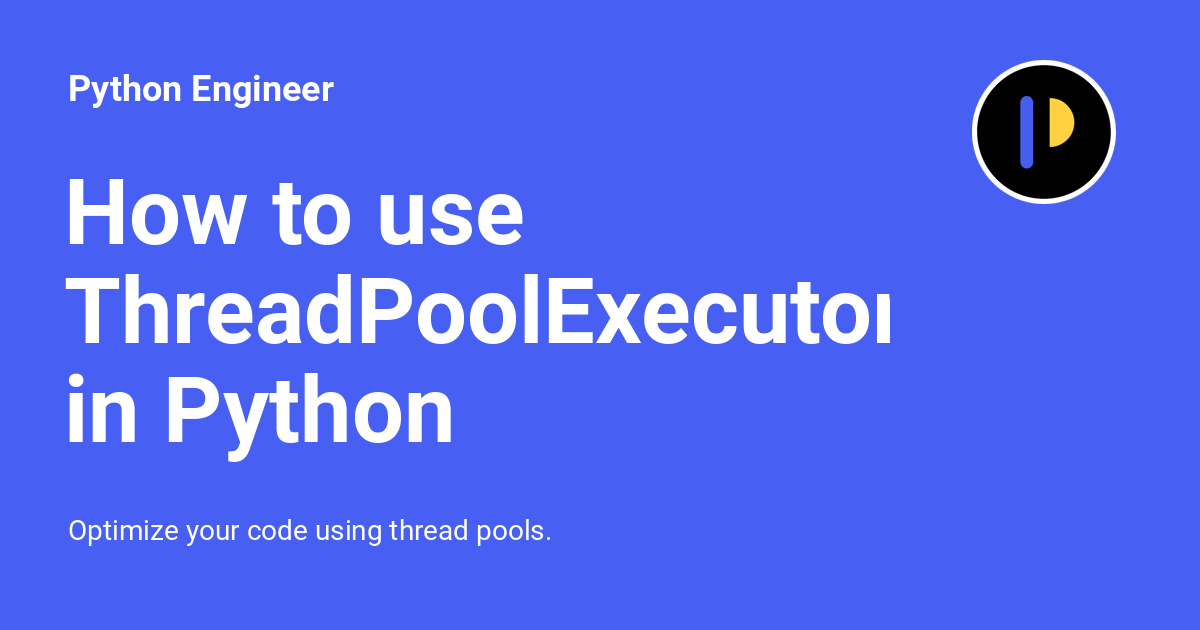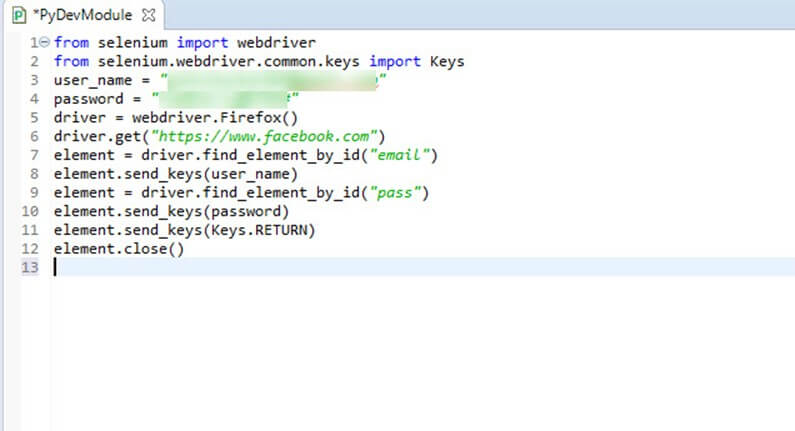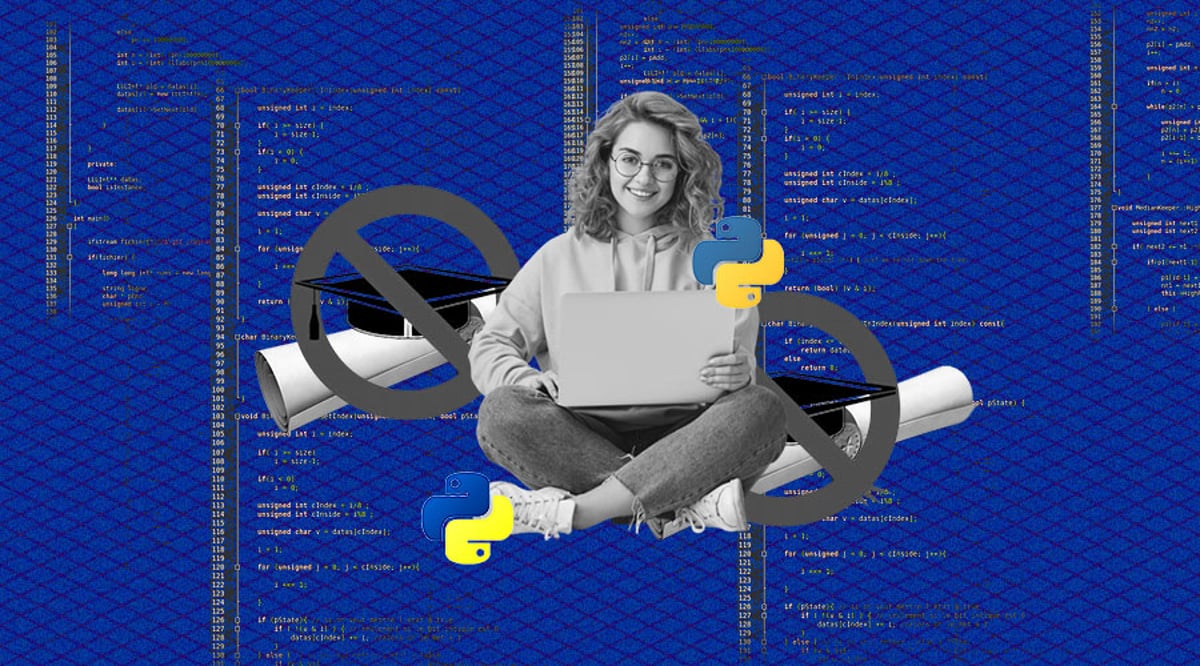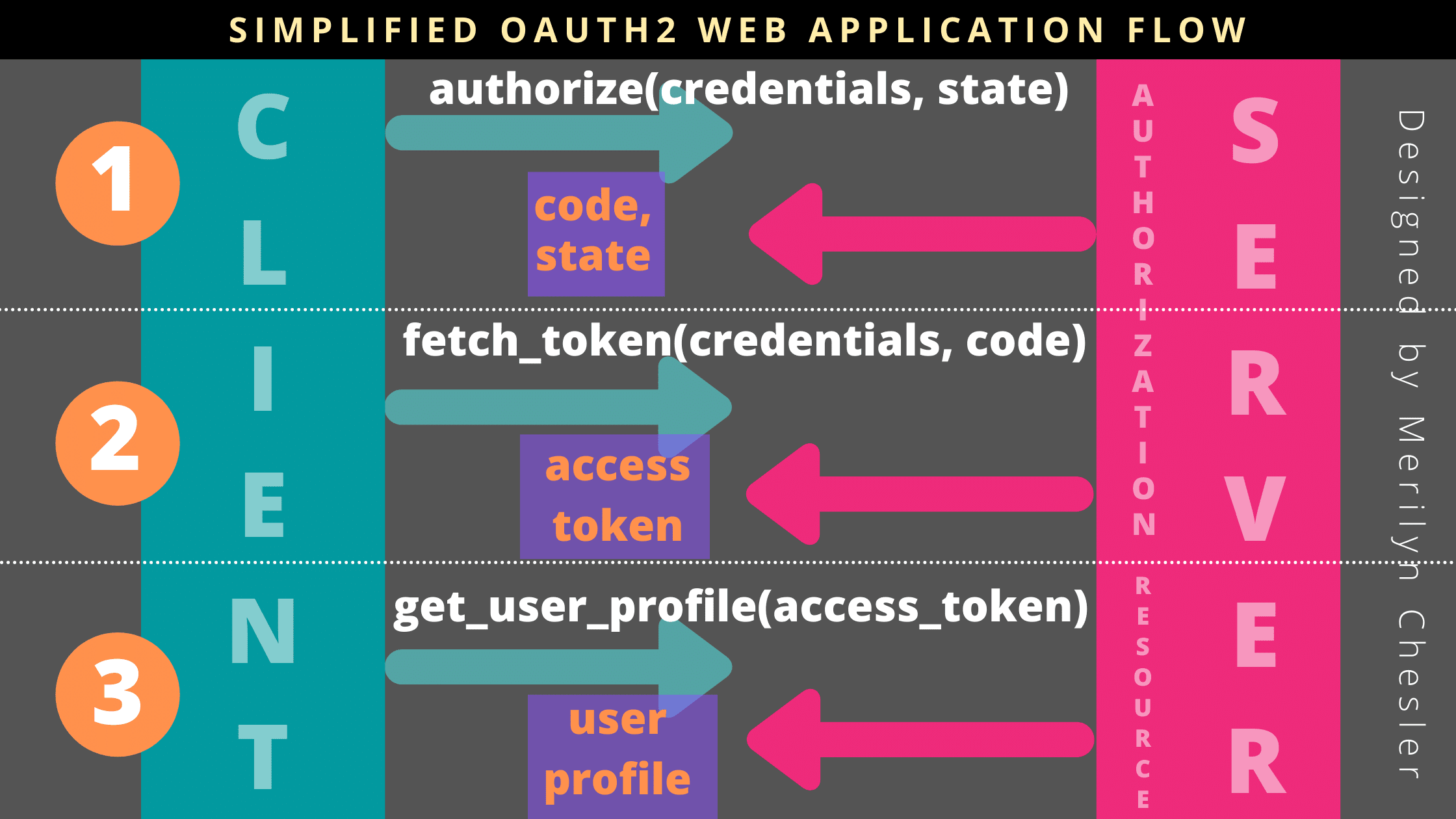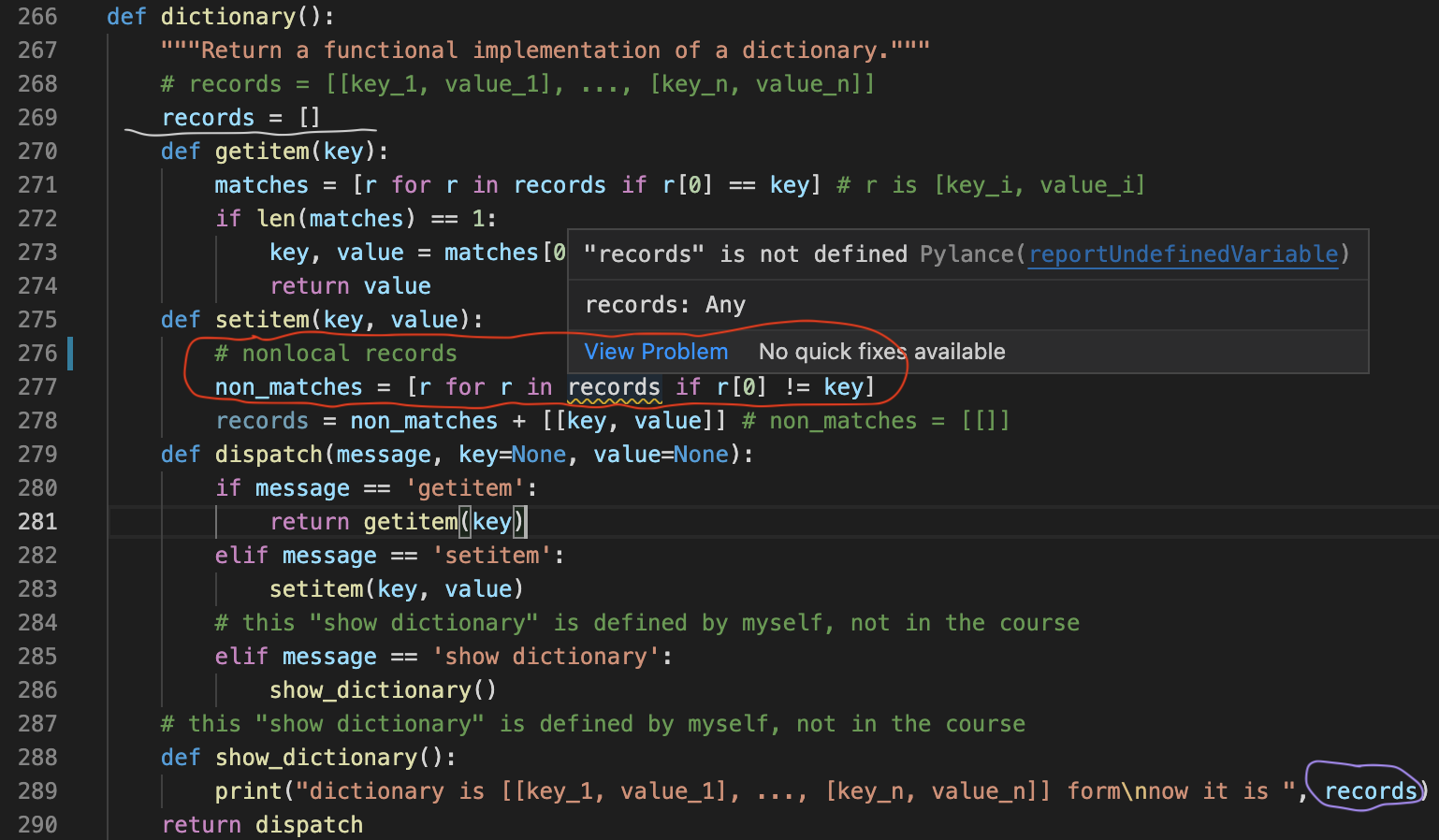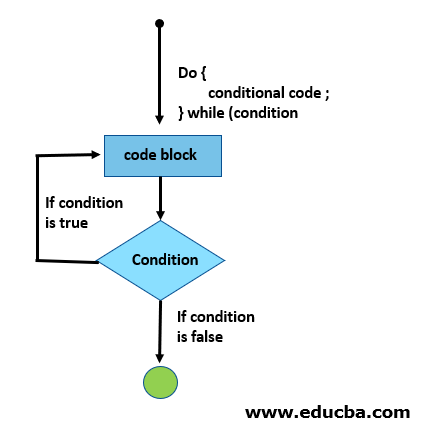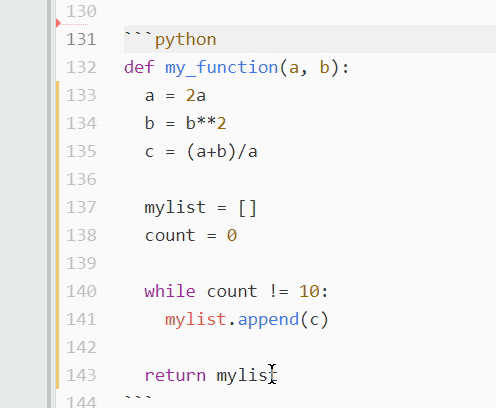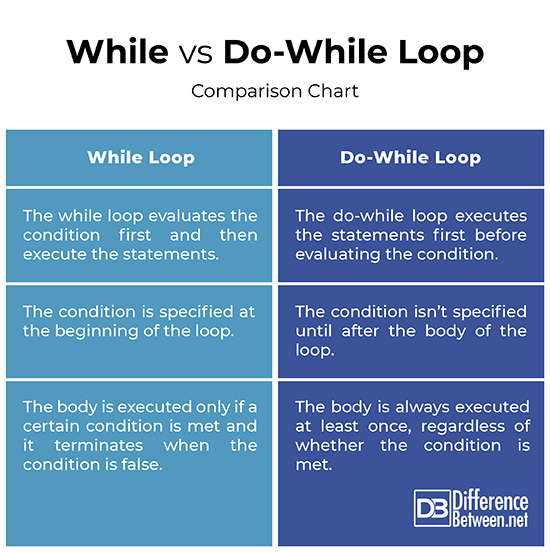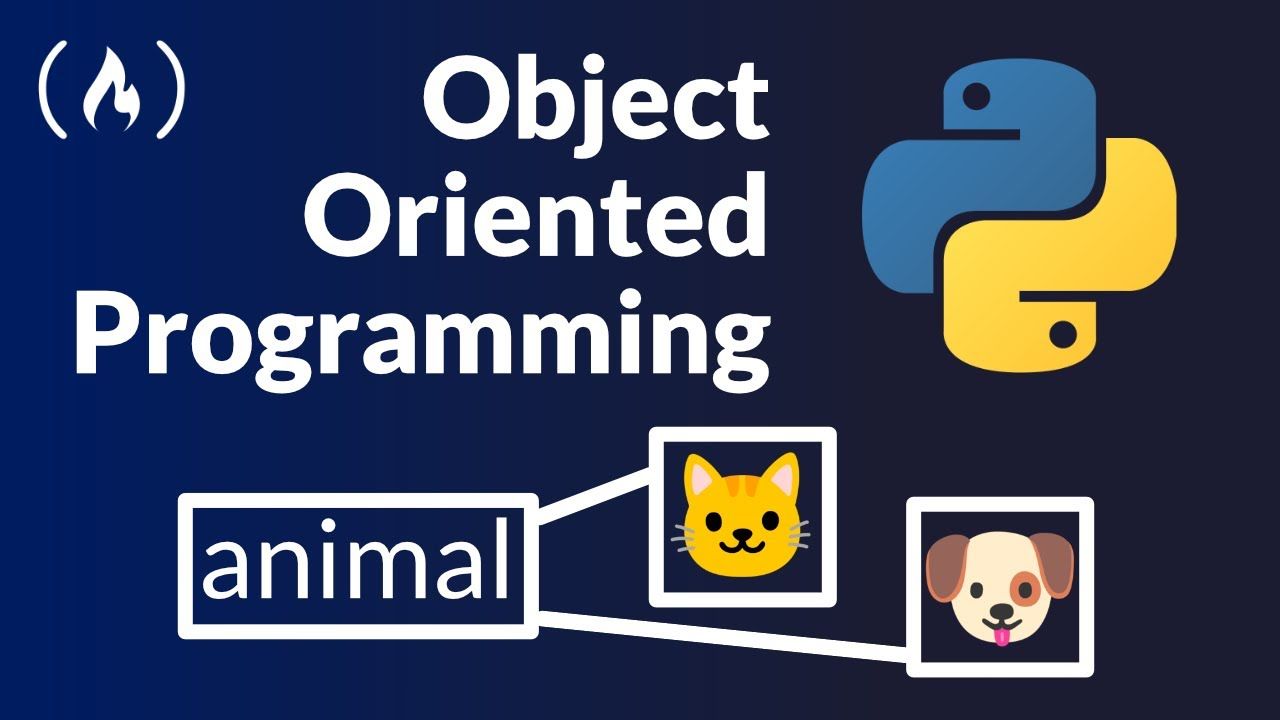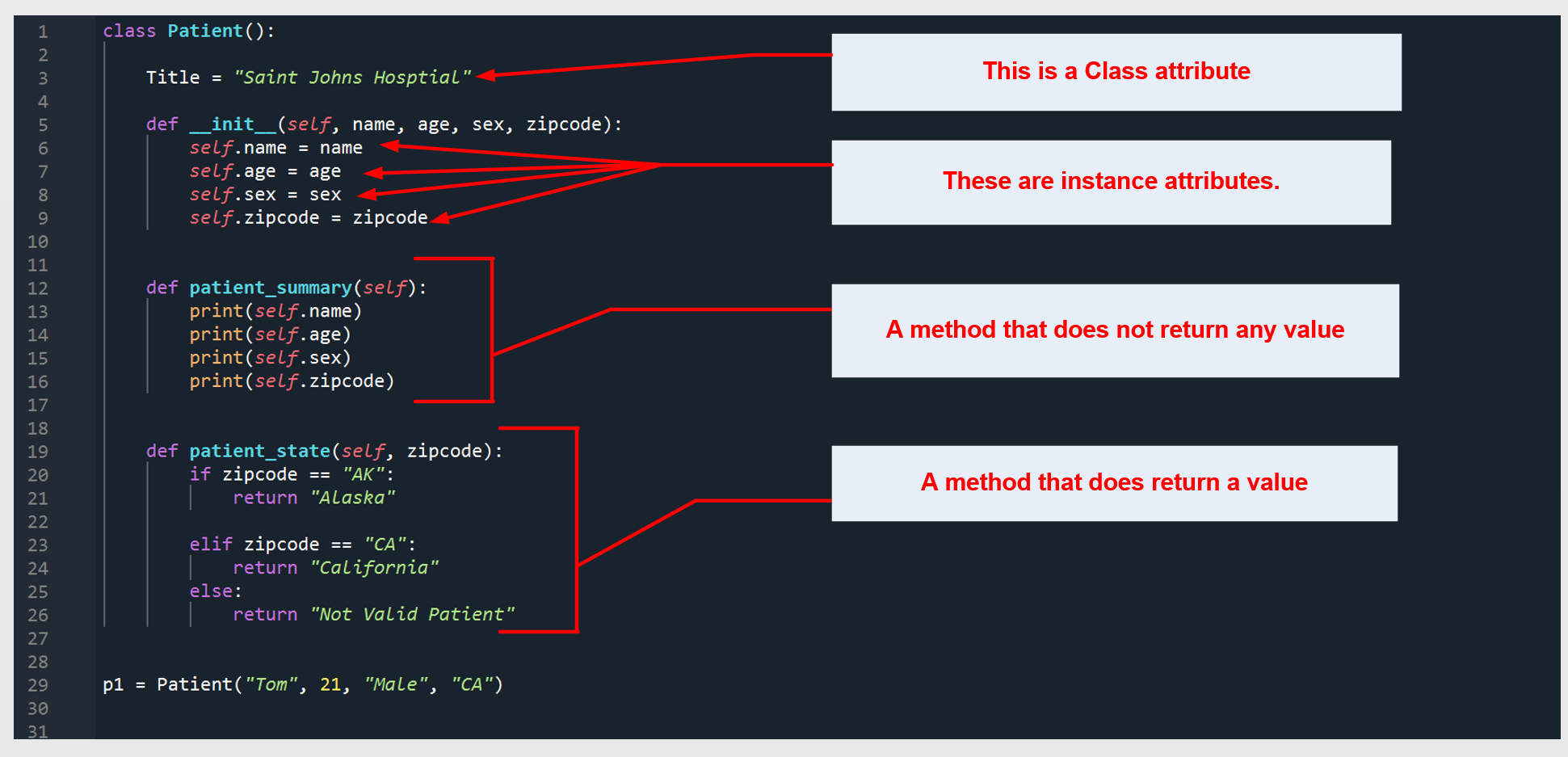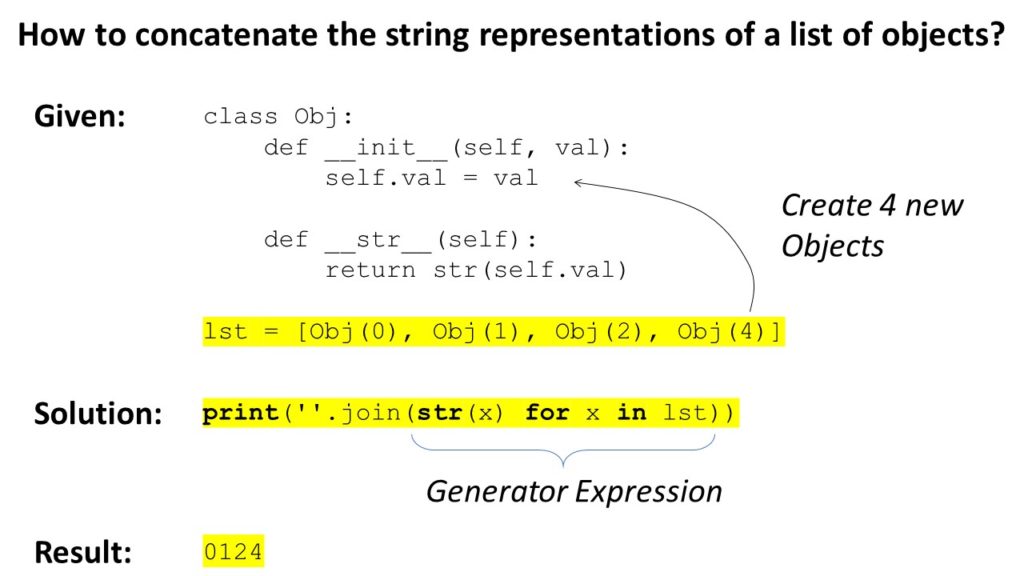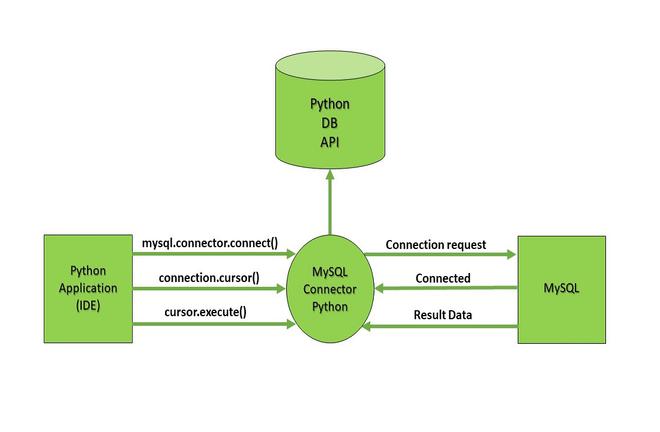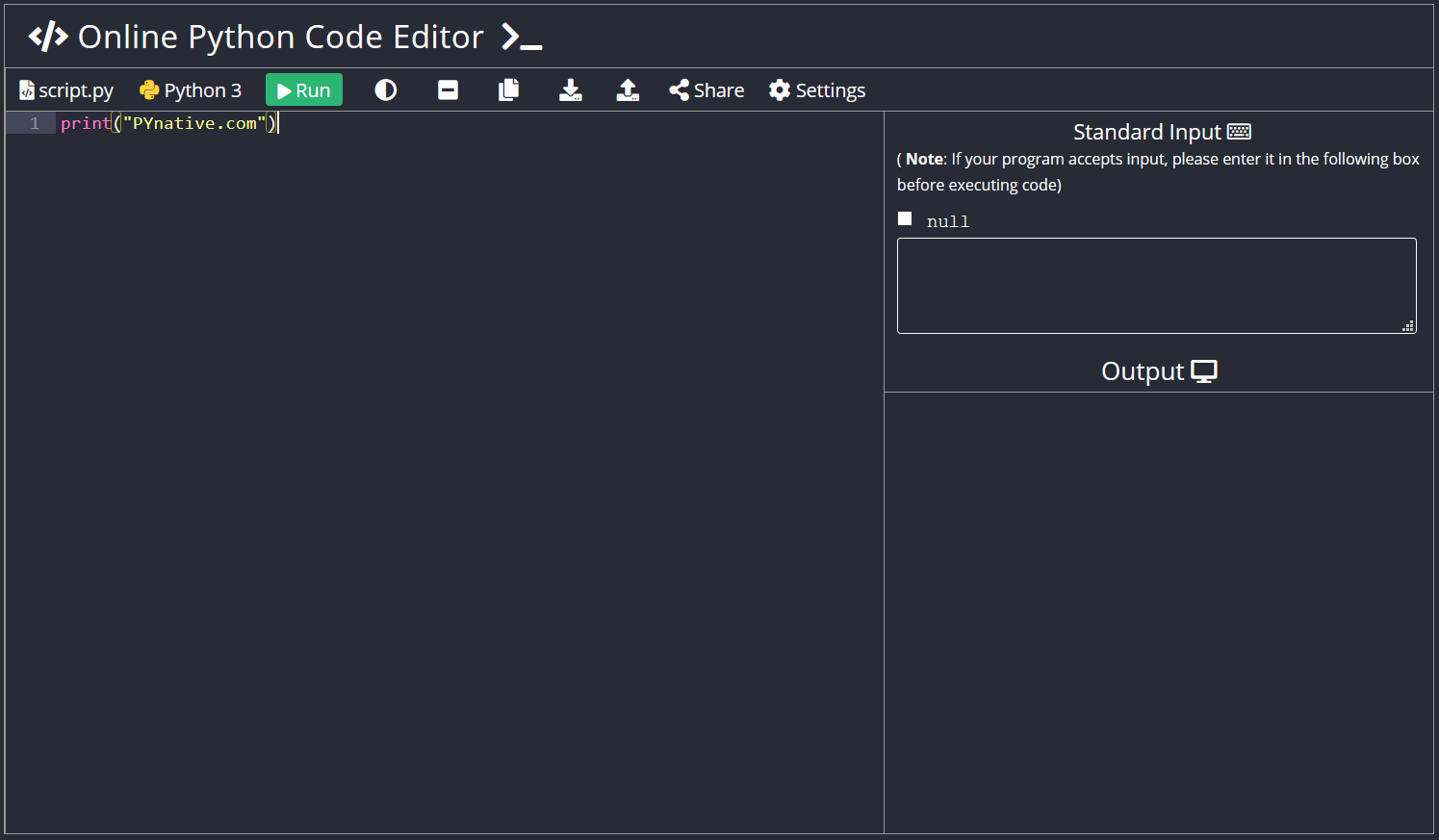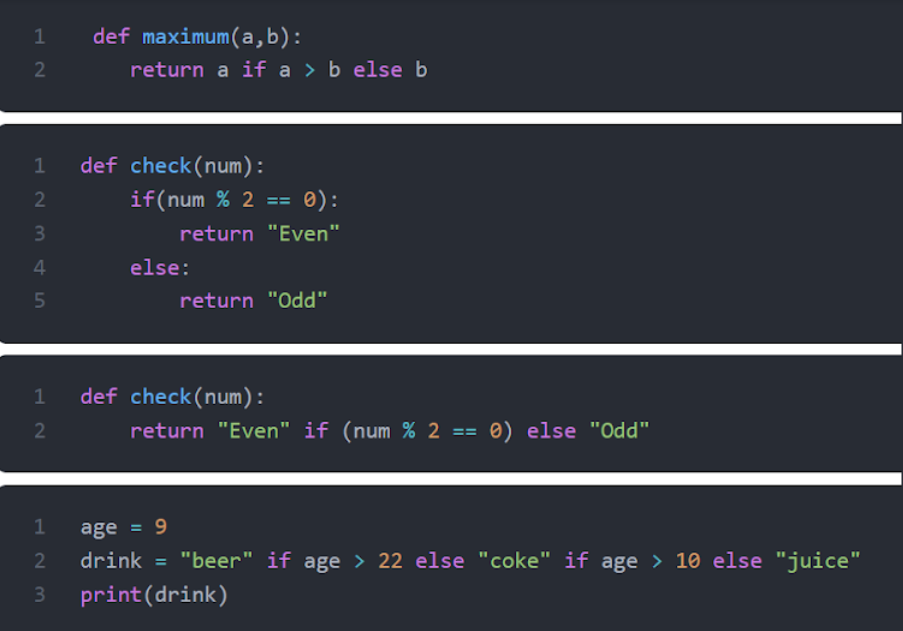Is Python 100% object-oriented?
Is Python 100% object-oriented?
The notion that Python is "100% object-oriented" can be a topic of debate among developers and programmers. While it is true that Python is an object-oriented language, it does not conform to the strict definition of object-oriented programming (OOP) in the classical sense.
To understand why, let's dive into the fundamental principles of OOP:
Encapsulation: This principle emphasizes the idea of bundling data and methods that operate on that data within a single unit, usually referred to as a class or object. Inheritance: This concept allows classes to inherit properties and behaviors from parent classes. Polymorphism: This principle enables objects to take on multiple forms (methods or operators) based on the context in which they are used.Now, Python does support encapsulation through its class syntax and inheritance using the class keyword and inheritance mechanisms. However, polymorphism is where Python diverges from strict OOP principles. In Python, polymorphism is achieved primarily through duck typing (more on this later).
Duck typing allows for objects to be treated as if they were of a certain type even if they don't strictly adhere to that type's definition. This means that in Python, you can often get away with using objects in ways that wouldn't be possible or would require explicit casting in other languages.
Consider the following example:
class Animal:
def sound(self):
raise NotImplementedError
class Dog(Animal):
def sound(self):
return "Woof!"
class Cat(Animal):
def sound(self):
return "Meow!"
In this example, we have a base class Animal with a method sound(), and two derived classes Dog and Cat. Both Dog and Cat override the sound() method to produce their unique sounds. Now, if we create an instance of either Dog or Cat and call its sound() method:
dog = Dog()
print(dog.sound()) # Output: Woof!
cat = Cat()
print(cat.sound()) # Output: Meow!
As you can see, the sound() method is polymorphic in the sense that it adapts to the type of animal being referred to. This is a key aspect of Python's OOP philosophy.
However, this adaptability comes at the cost of some strictness. In languages like Java or C++, you would need explicit casting or interface implementation to achieve similar results. This relaxation of OOP principles leads some developers to argue that Python is not 100% object-oriented in the classical sense.
In summary, while Python supports encapsulation and inheritance, its polymorphism is achieved through duck typing rather than strict type hierarchies. This flexibility allows for greater expressiveness but also means Python may not adhere strictly to OOP principles.
Does Python do object-oriented programming?
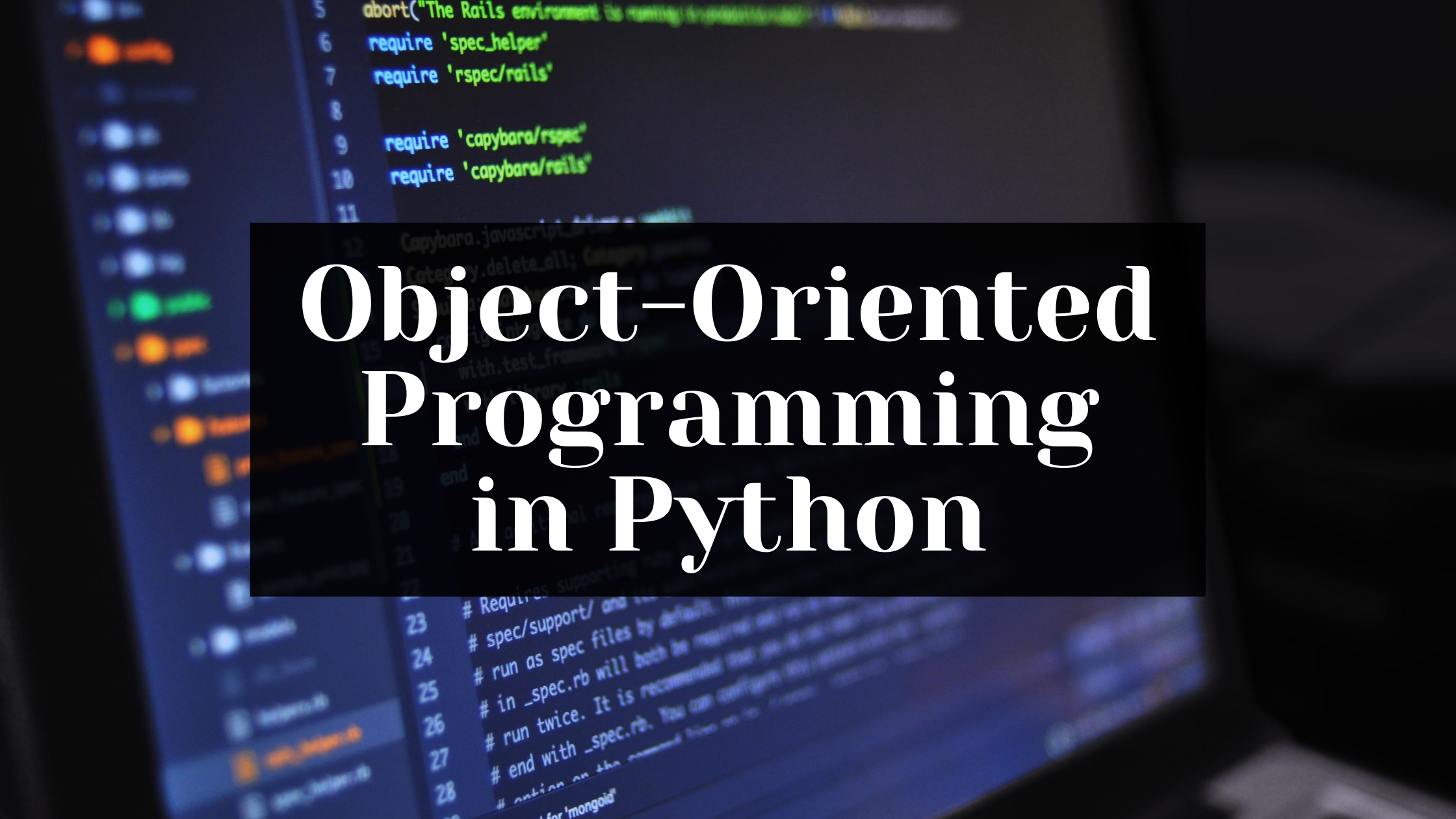
Yes, Python is an object-oriented programming (OOP) language. In fact, it supports a wide range of OOP concepts, including encapsulation, inheritance, polymorphism, and composition.
One of the core features of OOP in Python is the use of classes. A class is a template for creating objects, and it defines the structure and behavior of those objects. Classes can contain attributes (data) and methods (functions), which are used to manipulate and interact with the objects created from them.
In Python, you can define a class using the class keyword followed by the name of the class. For example:
class Dog:
def init(self, name):
self.name = name
def bark(self):
print("Woof!")
This class defines a Dog object with two attributes: name and a method bark(). When you create an instance of the Dog class (i.e., a Dog object), you can set its name attribute and call its bark() method.
Python also supports inheritance, which allows classes to inherit attributes and methods from parent classes. This is done using the class keyword followed by the name of the child class and the parent class (in parentheses). For example:
class Animal:
def sound(self):
print("Generic animal sound")
class Dog(Animal):
def bark(self):
print("Woof!")
In this example, the Dog class inherits from the Animal class, which means it automatically gets the sound() method. The Dog class also defines its own bark() method.
Python also supports polymorphism through method overriding and overloading. Method overriding is when a child class provides a different implementation of a method that is already defined in its parent class. For example:
class Animal:
def eat(self):
print("Generic animal eating")
class Dog(Animal):
def eat(self):
print("Dog eating kibble")
In this example, the Dog class overrides the eat() method of the Animal class with its own implementation. This allows objects of different classes to respond differently to the same method call.
Finally, Python supports composition, which is when an object contains references to other objects or values. For example:
class Car:
def init(self):
self.wheels = [Wheel() for _ in range(4)]
class Wheel:
pass
In this example, the Car class contains a list of Wheel objects.
Overall, Python's OOP features allow developers to create complex programs with reusable code, modularity, and encapsulation. This makes it an ideal language for building robust, maintainable software systems.
